 Title link takes you to the patent. Via Chip Collection.
Title link takes you to the patent. Via Chip Collection.Some details:
"Music synthesizer generate audio tones. Many synthesizers generate their tones by using one or more oscillators. It is very common to use several oscillators in a single synthesizer voice but with at least one oscillator detuned. That is to say, that oscillator is oscillating at a slightly different frequency to at least one other oscillator. As a consequence of interference, this results in a periodically changing resulting signal due to the varying phase difference between them.
When there are two slightly detuned sine waves, the resulting signal is perceived as a single sine wave with a sinusoidal amplitude modulation varying with frequency. The frequency of this amplitude modulation is called the "beat frequency".
More often than not, there are two detuned oscillators producing more complex waveforms. Complex waveforms include waveforms in shapes which differ more or less from a perfect sine wave, e.g. a sawtooth or rectangular wave and can be decomposed into a sum of harmonic sine waves (the overtones or partial frequencies). The resulting interference from such complex waveforms is not a simple amplitude modulation but a complex timbre variation. This is because each pair of harmonic overtones has to be treated separately. However, the timbre variation when mixing two slightly detuned oscillators is still periodic with a beat frequency. Moreover, that beat frequency is equal to the difference between the two frequencies of the mixed detuned oscillators.
Synthesizer oscillators are usually tuned in a chromatic scale that consists of equal semitone intervals. An interval is defined by a certain frequency ratio between two tones. Twelve semitone interval steps result in an octave interval which is defined as a frequency ratio of 2:1. Hence, each semitone is the twelfth root of 2 or approximately 1.06. A semitone can be further divided into cents. A cent is one hundredth of a semitone. Thus, one cent is a 1200th root of 2 or approximately 1.0006.
In the prior art, synthesizer oscillators have been detuned by setting a certain detune interval which was usually measured in cents. Due to the fact that the detune interval defines the ratio between the detuned frequency and the nominal frequency, the frequency deviation itself is proportional to the nominal frequency. For example, if the nominal oscillator frequency was 1000 Hz, then applying a detune interval of 10 cent (approx. 1.006) would result in a detuned oscillator frequency of 1006 Hz and a beat frequency of 6 Hz. However, with the same detune interval of 10 cent at the next octave, the nominal frequency would be 2000 Hz with the detuned oscillator frequency of 2012 Hz and a beat frequency of 12 Hz. Accordingly, at a given detune interval the detuned oscillator has a frequency deviation which is proportional to its nominal frequency. Hence, when mixing detuned oscillators, the resulting signal has a beat frequency which varies with the pitch and doubles with each octave.
In order to accommodate for this beat frequency, a compromise is reached but often such audio tones have a beat frequency which is relatively too slow at lower tones and too high at higher tones.
An aim of the present invention is to provide a music synthesizer whereby sounds are generated with an optimum beat across a large range of tones. "


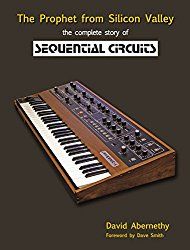
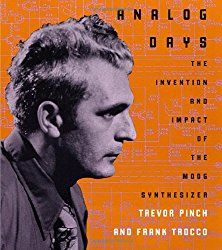
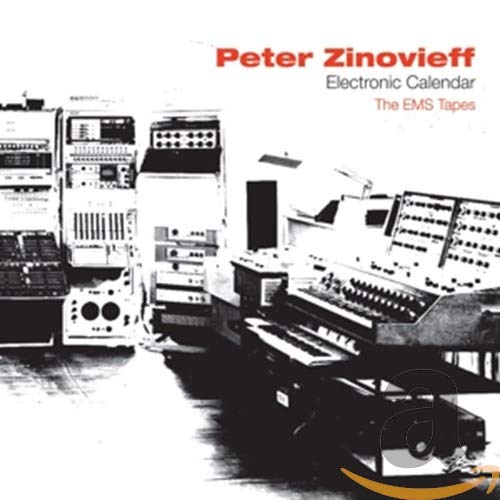
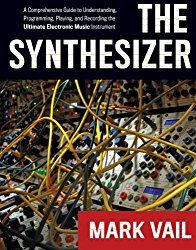
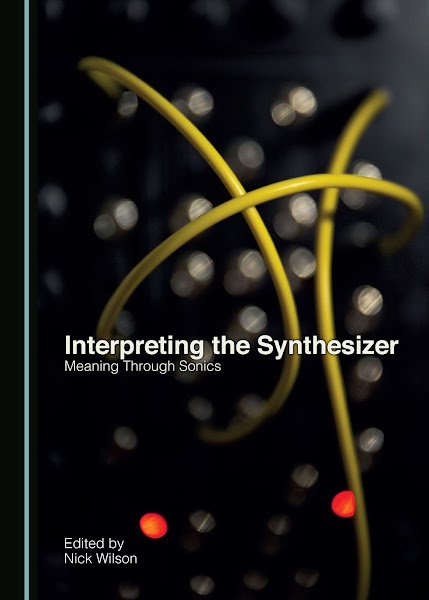
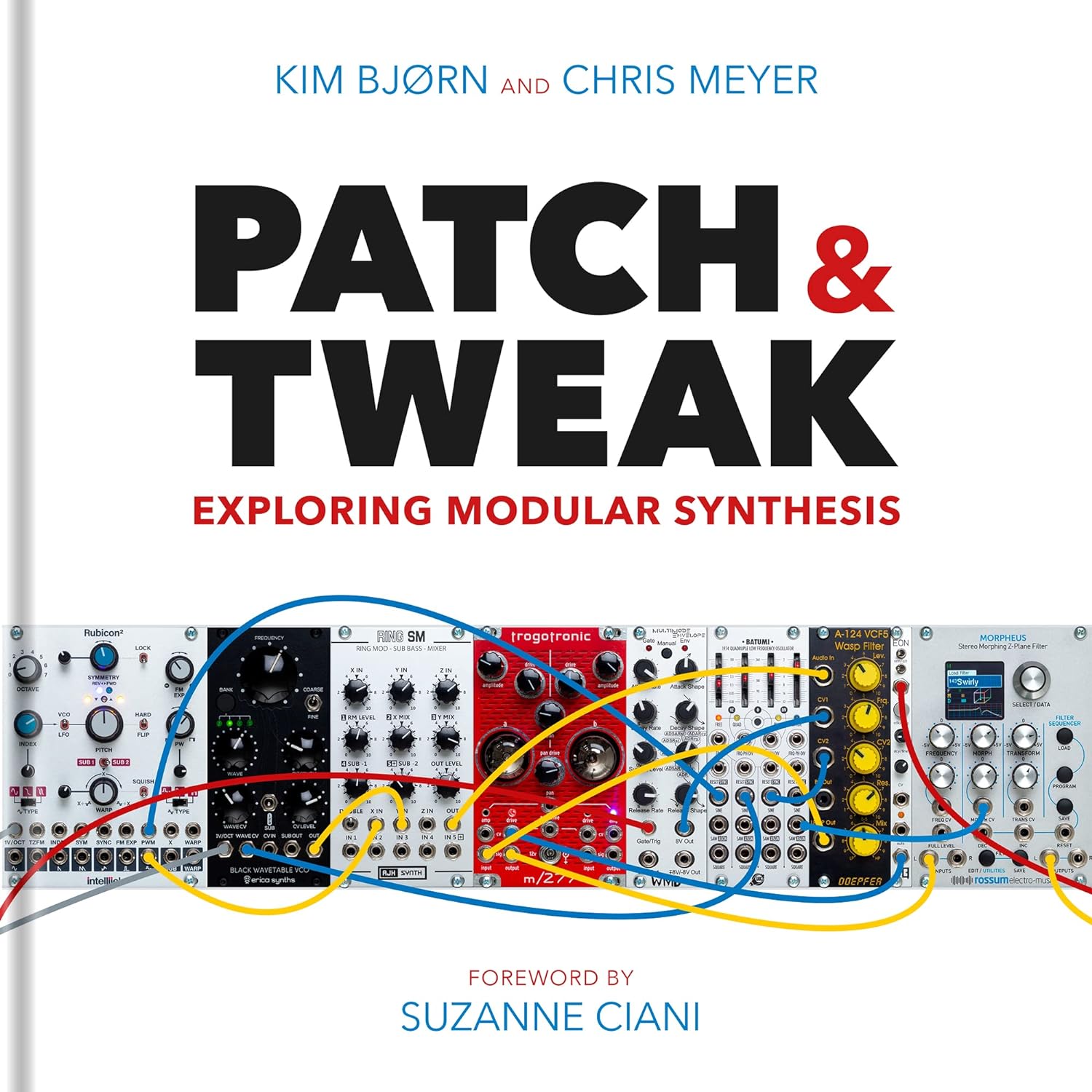
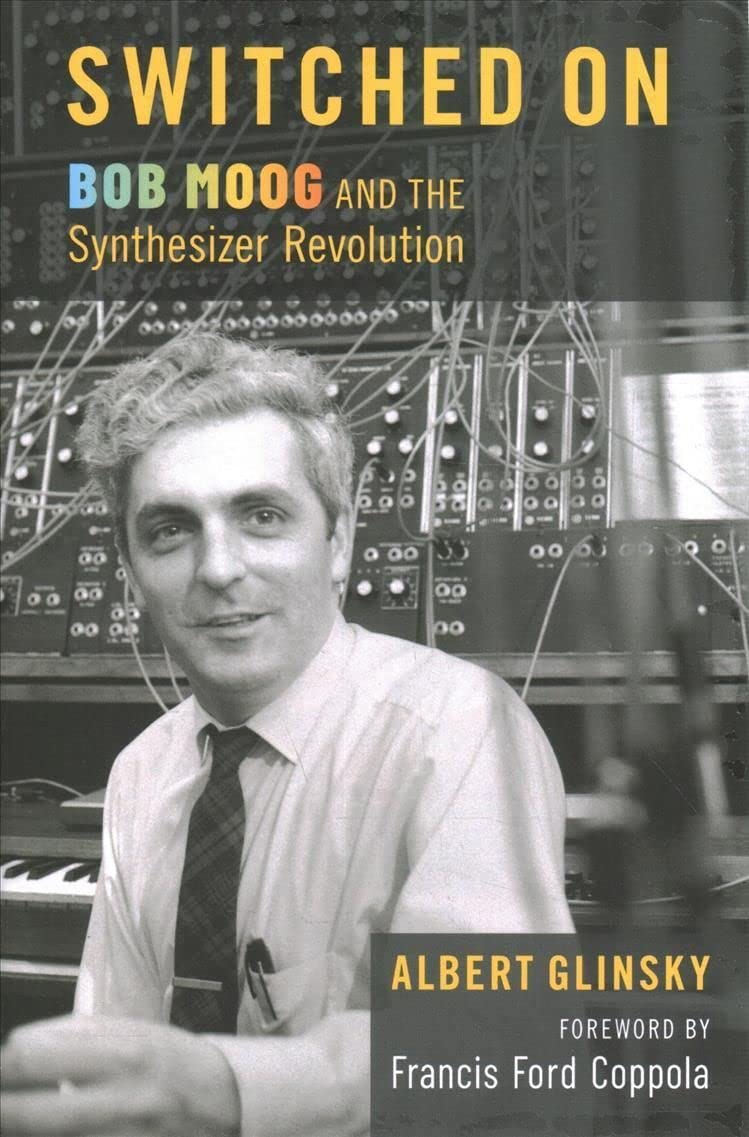
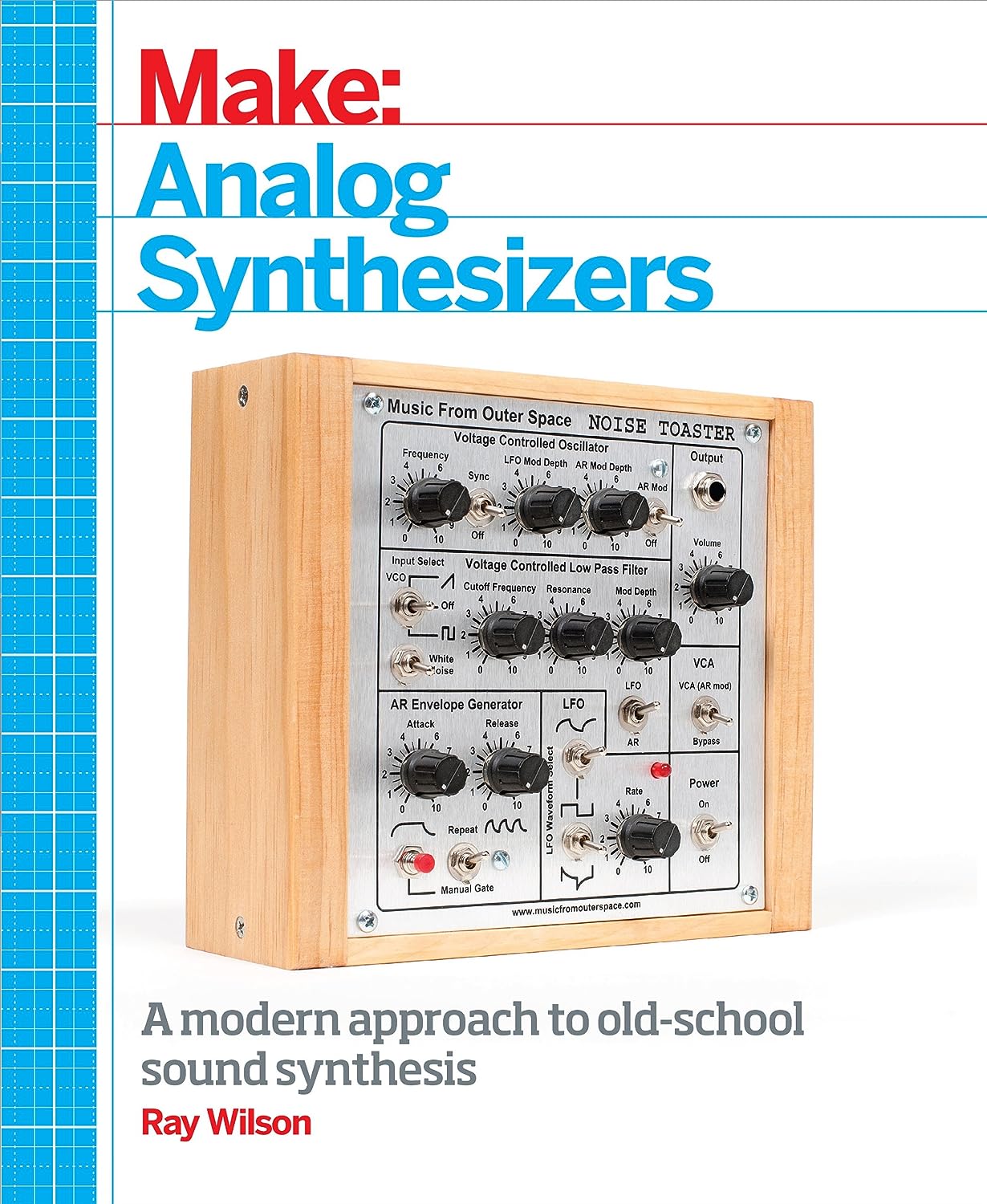
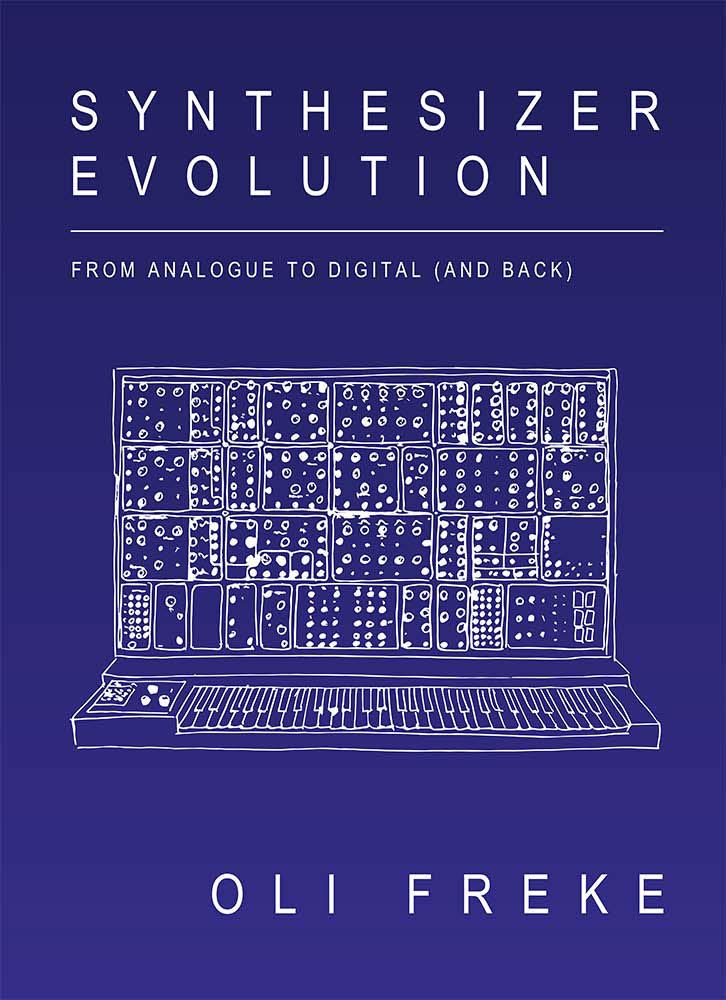
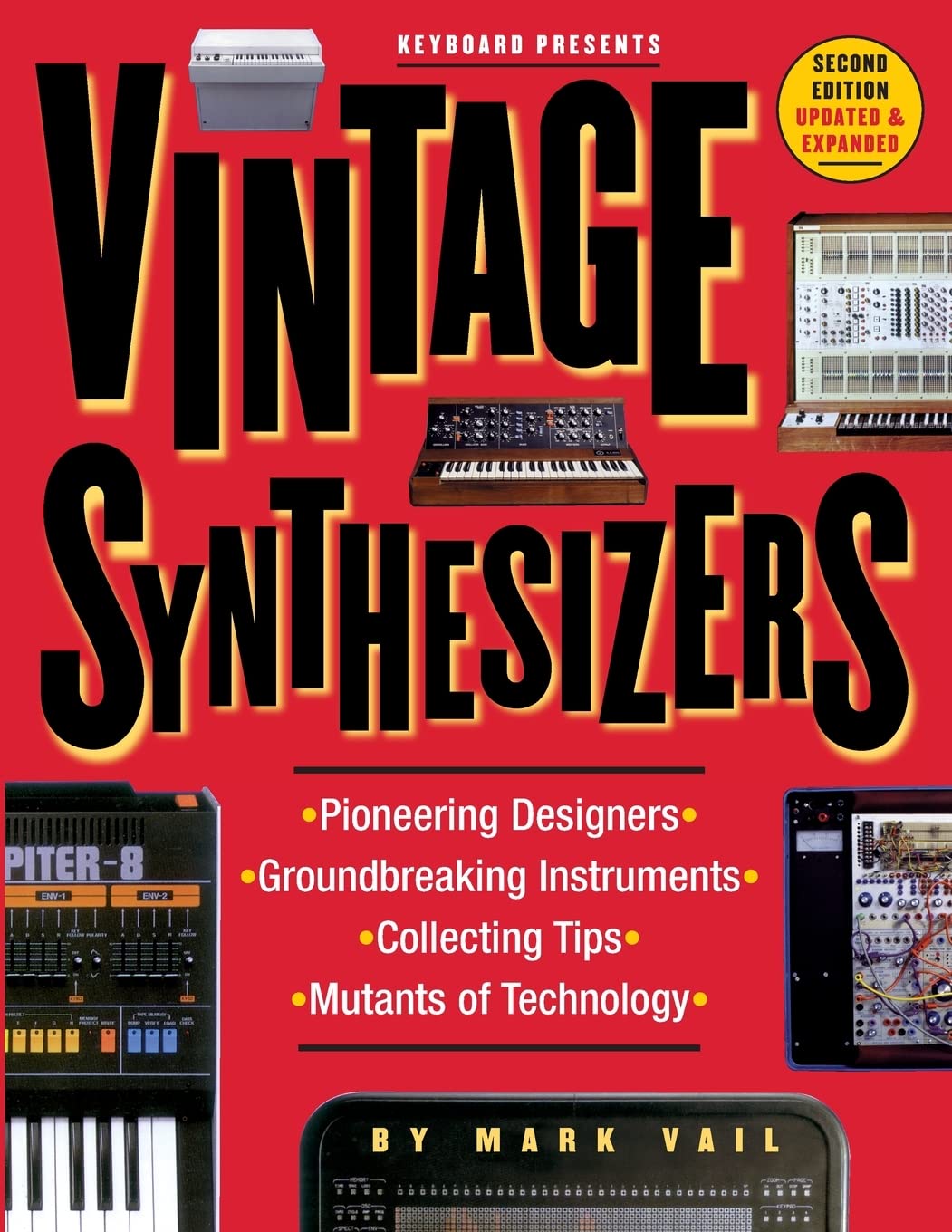

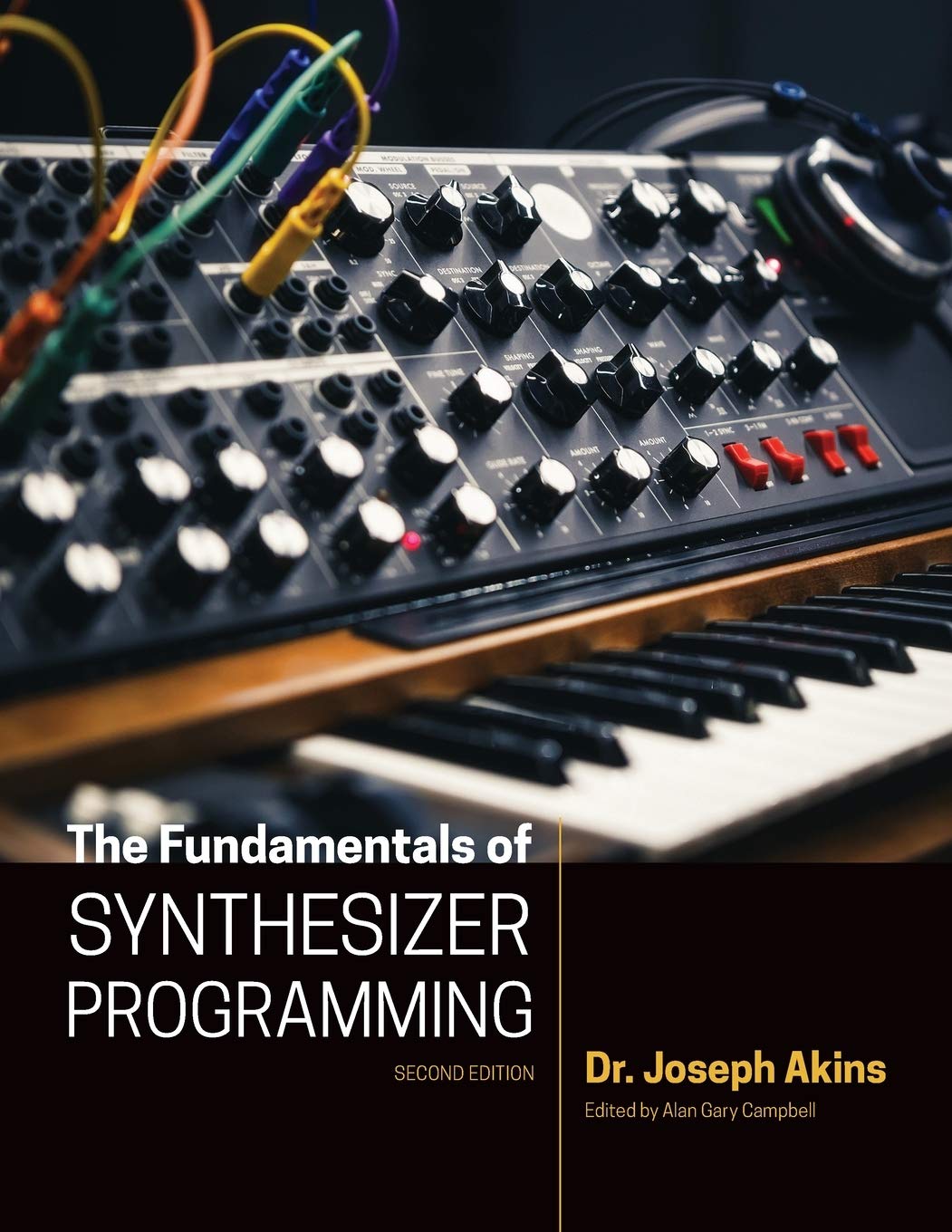














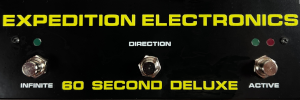










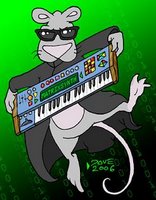
wtf - what do they think the linear fm input on a vco does?
ReplyDeletenow see here::::::
ReplyDeletehttp://home.swbell.net/roy_tate/info/lindetun.html
Mr. Jurgen Haible, everyone, 1997.
Surely this is already implemented both in hardware and software.
ReplyDeleteI noticed the possibility to do this in Native Instruments FM7 just a few weeks ago.
Apple have a tendency to take other peoples ideas and say they thought it up.
ReplyDeleteI own both Apple and PC computers and cant see that they are miles different from each other....I also cant see why Steve has such a fanboy following.
ah...and so the mac/pc war begins again...ho hum...
ReplyDeleteSounds like hermode tuning.
ReplyDeleteThe Access Virus implements this.
Some Logic synths too.
http://www.hermode.de/
I'm fairly certain this is covered by prior art.
ReplyDeleteNow that I think about it, I'm sure I have an old csound score that does this. Here's a csound instrument off the top of my head that does this.
ReplyDeleteinstr 1
ipch = cpspch(p4)
ibeats = p5
a1 oscil 1, ipch, 1
a2 oscil 1, ipch + ibeats, 1
aout a1 + a2
endin
oh boy, here comes iSynth
ReplyDeleteThe iSynth - no keyboard, and just one preset that can't be adjusted... but its users say it sounds SO GOOD!!
ReplyDeleteIt looks like they're patenting the CBR (if I remember correctly) feature in ES2.
ReplyDeleteIf true, this is sandblasting a soup cracker.
sounds like someone took a basic accoustics class and now their trying to patent the the laws of physics. fine, i throw my hat in, i shall patent....THE DOPPLER EFFECT! and instead of a lousy drawing, i will actually build a prototype of my device, it will consist of stationary microphone and rotating speaker elements. either that or a tape device designed to simulated echoing.
ReplyDeleteOk, you get doppler if I can patent "Nyquist Frequency Synthesizationometery..magigger..thing."
ReplyDeleteJames McCartney author of Supercollider moved to Apple a few years ago, could this be his doing?
ReplyDelete